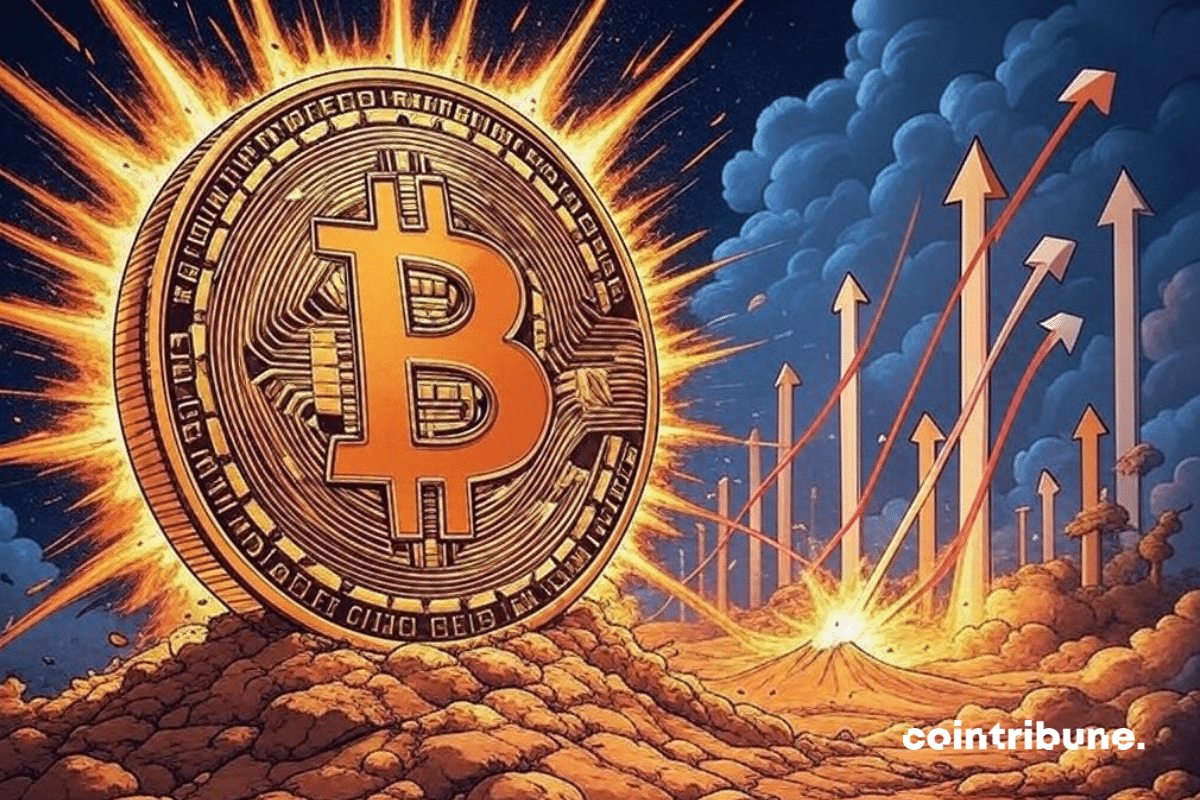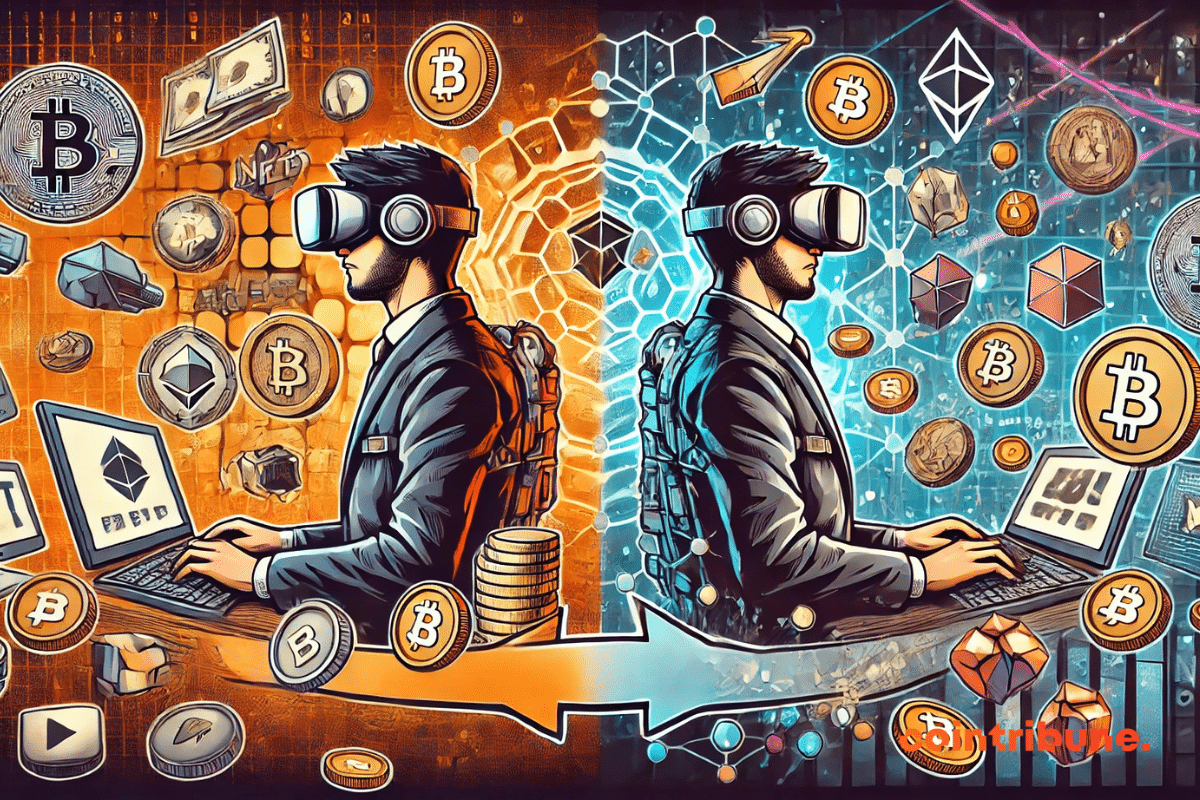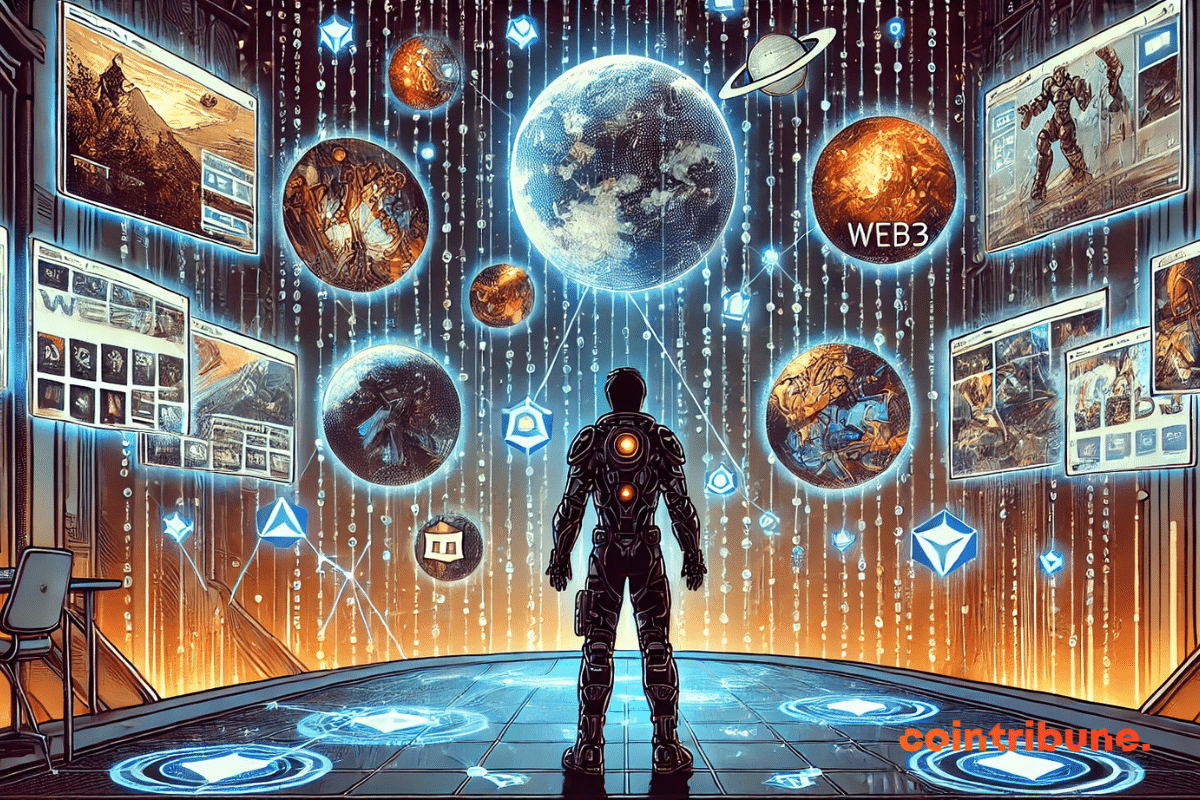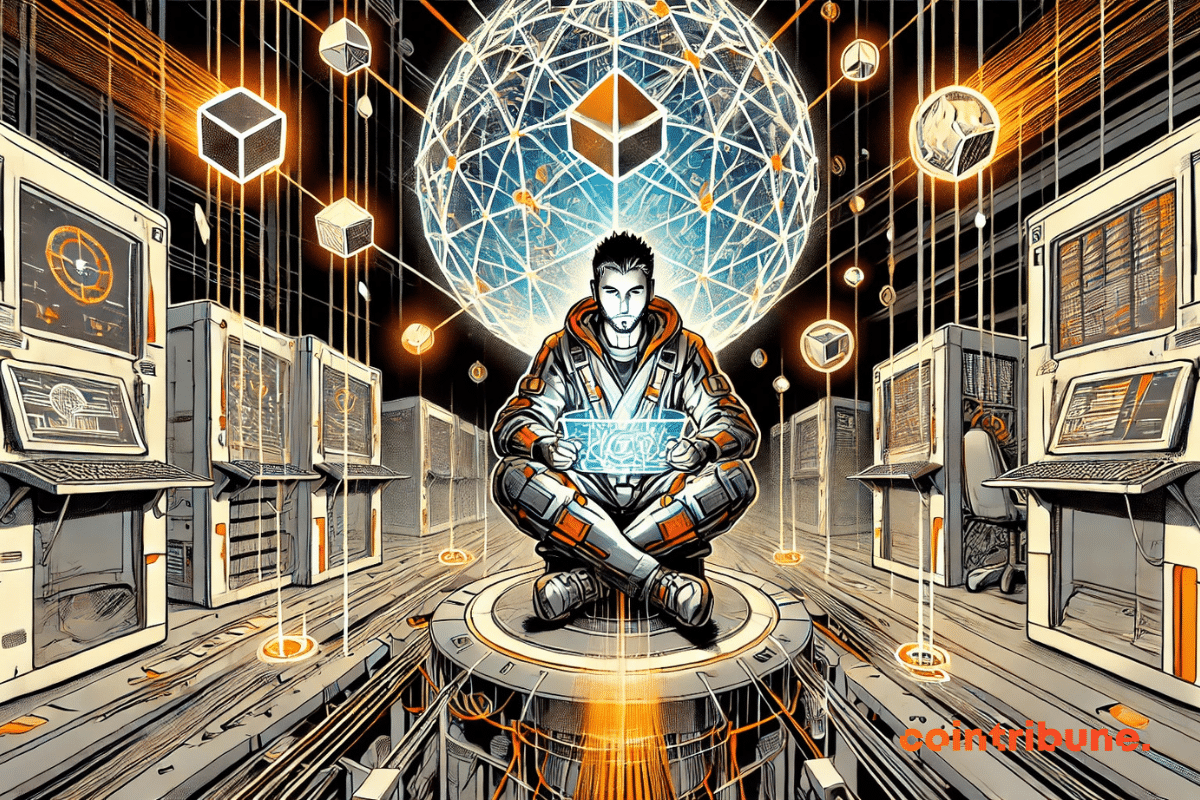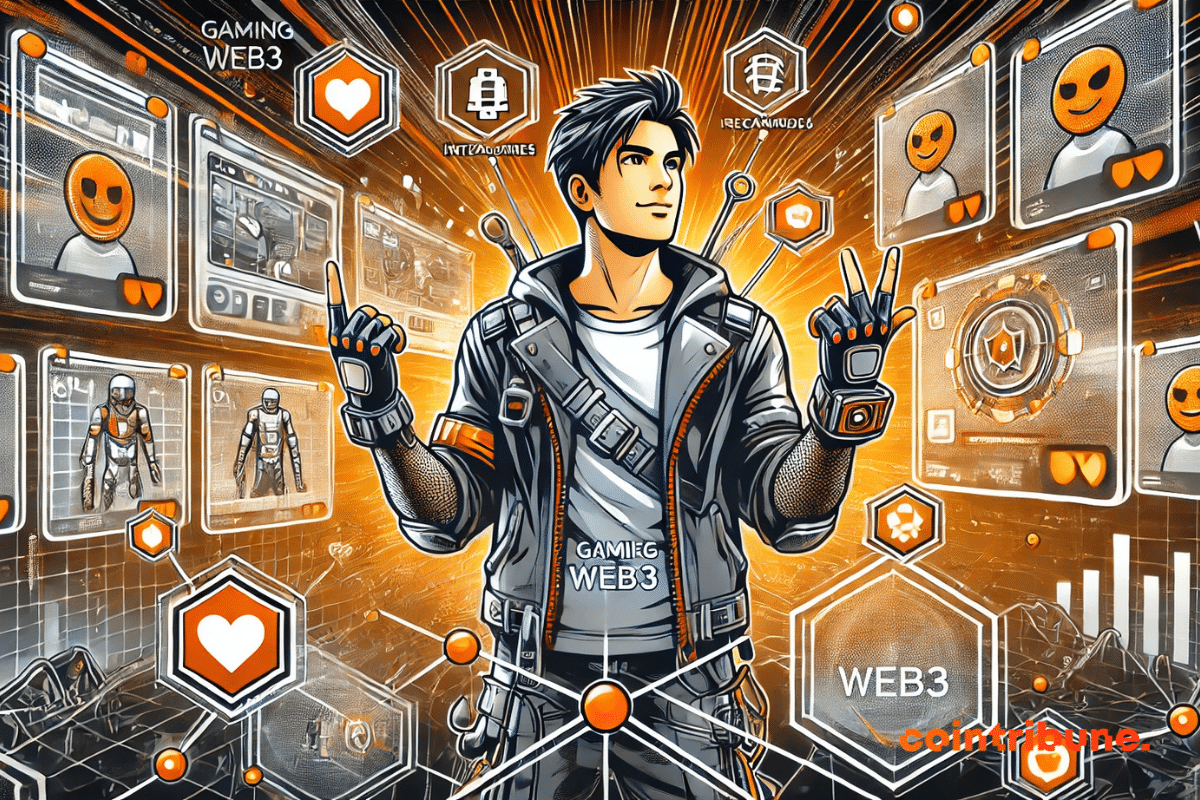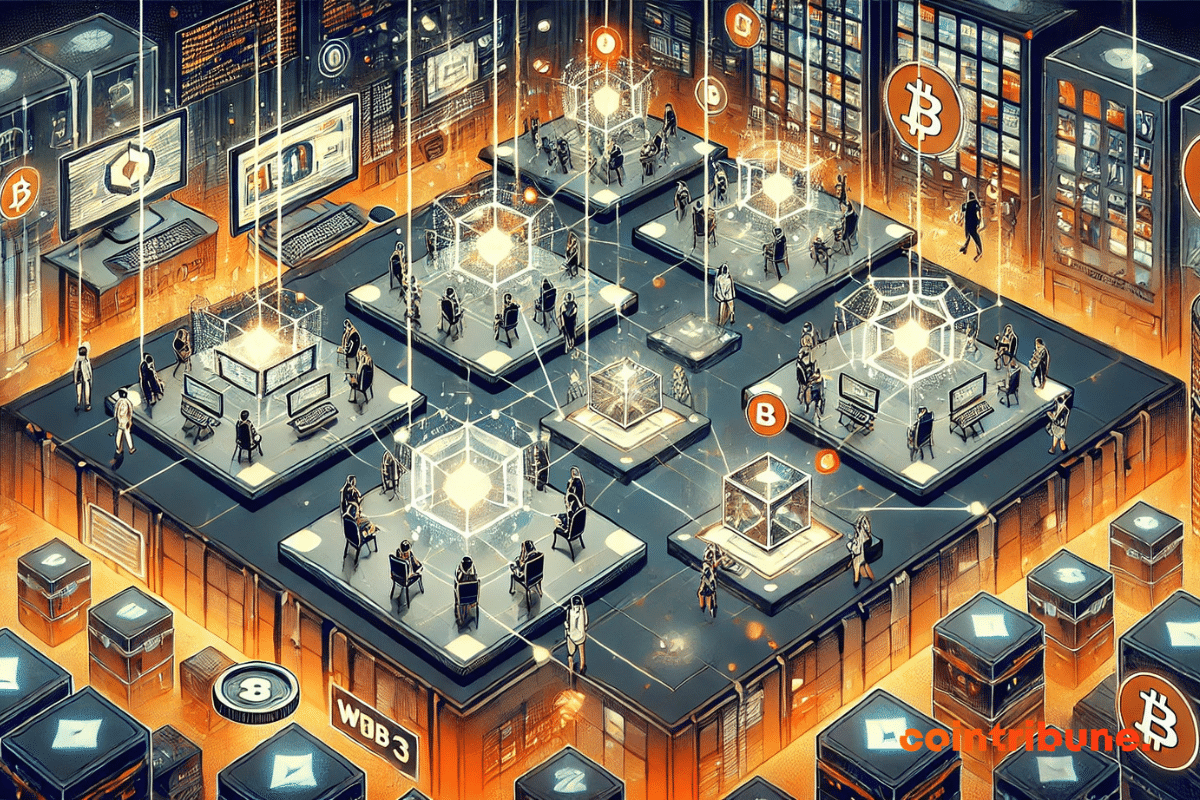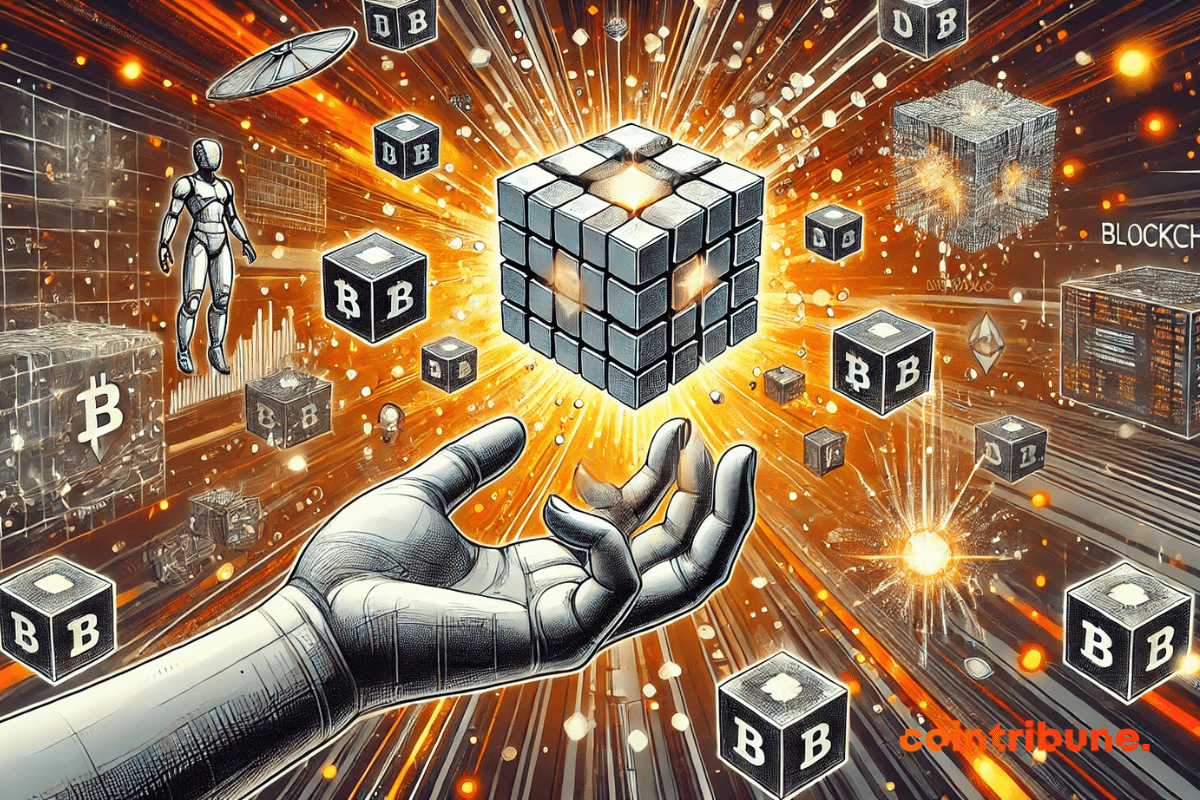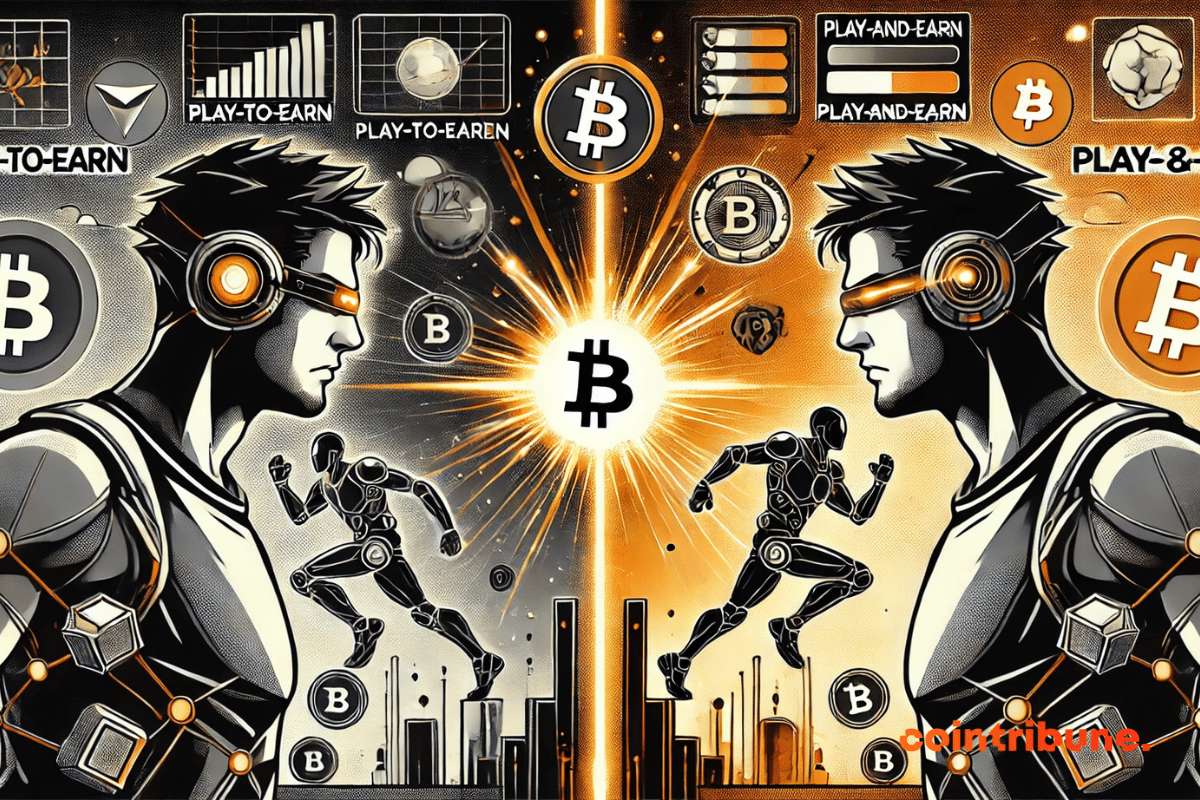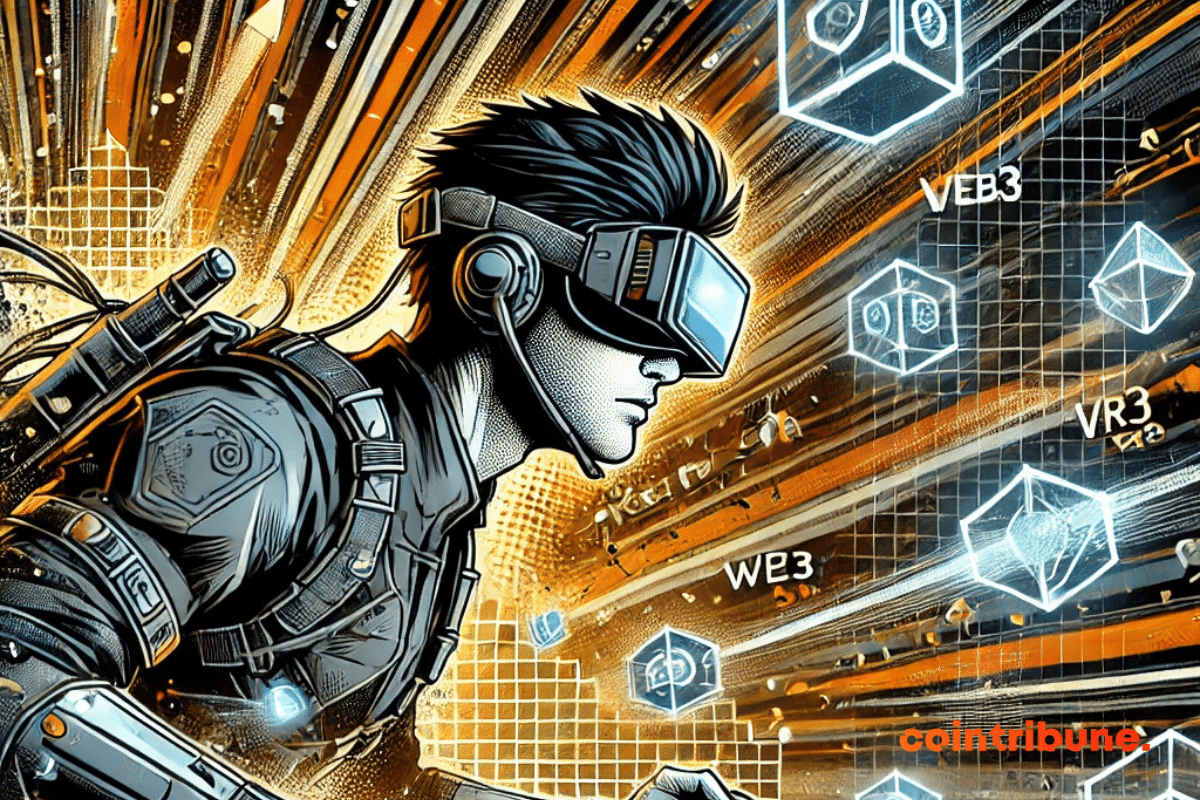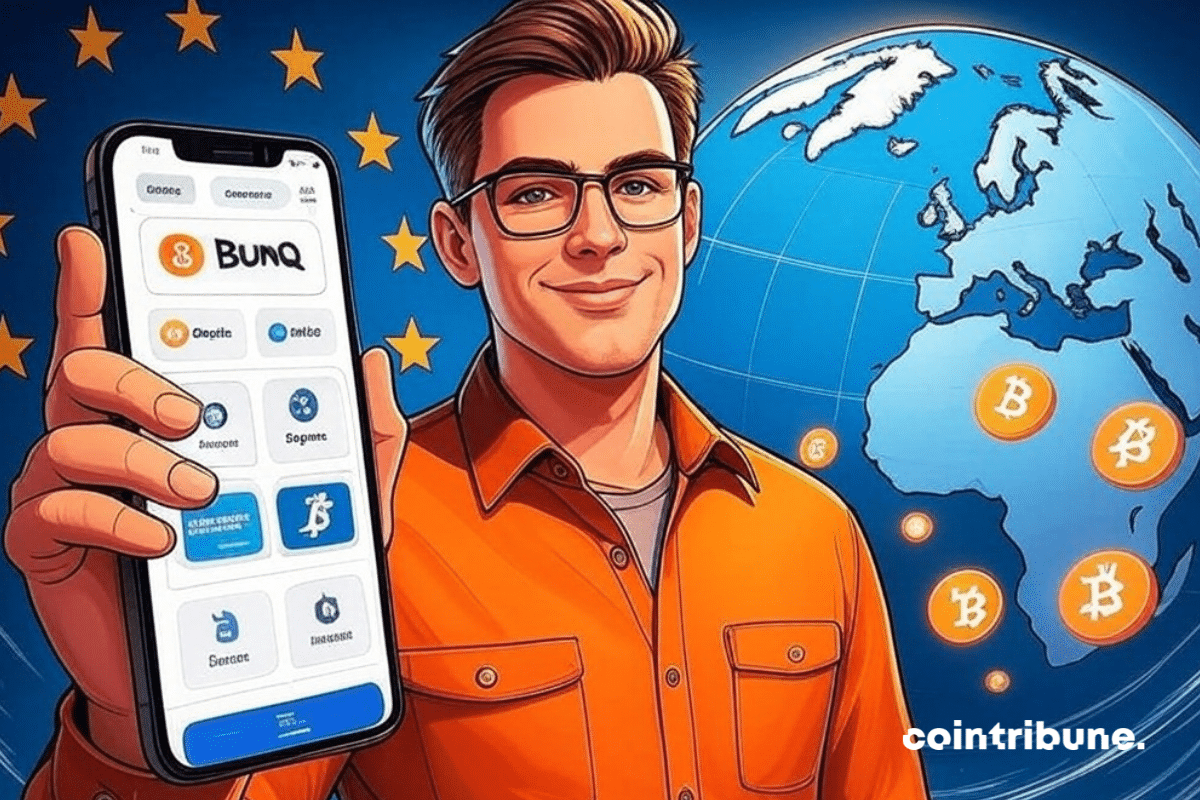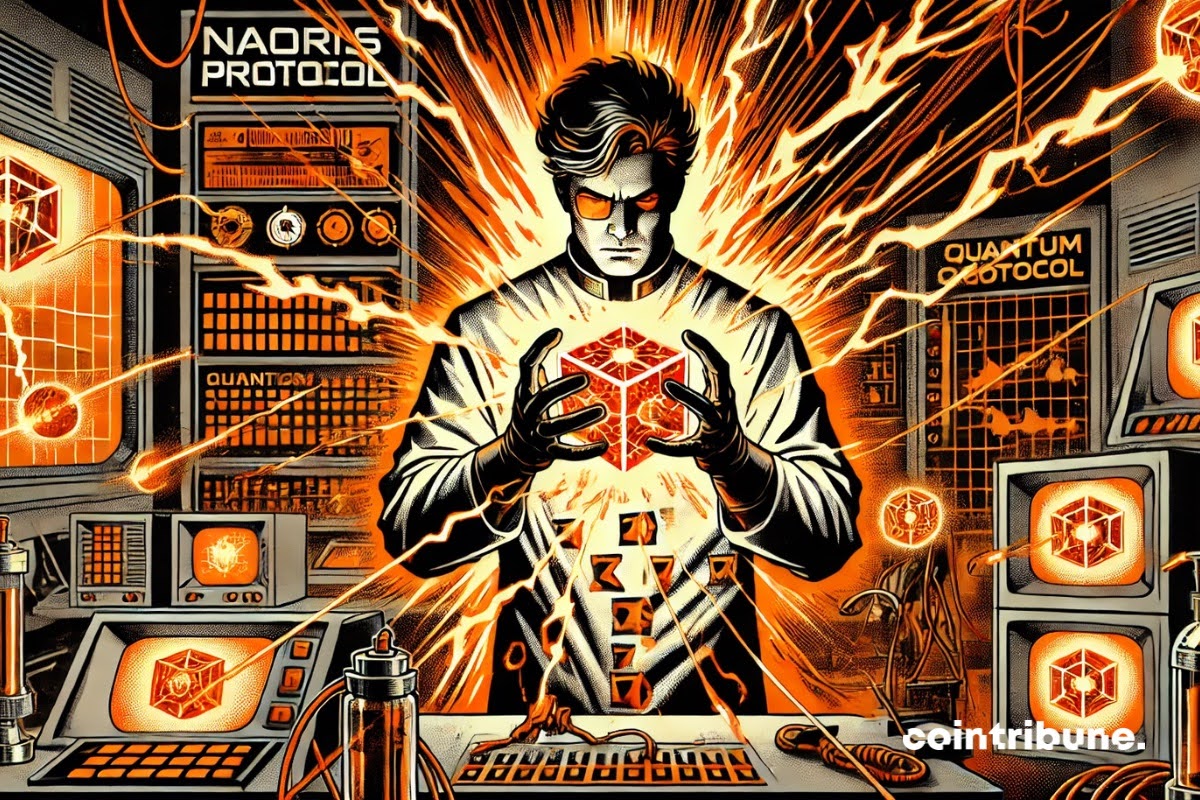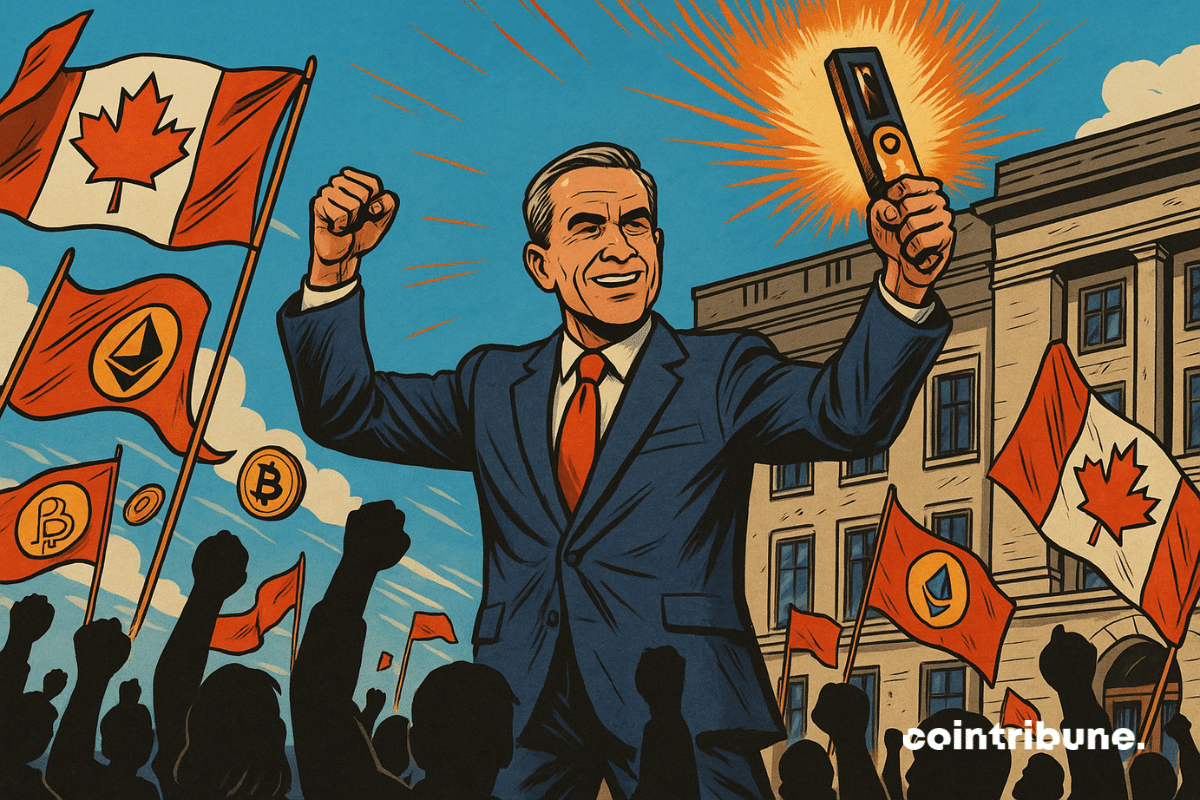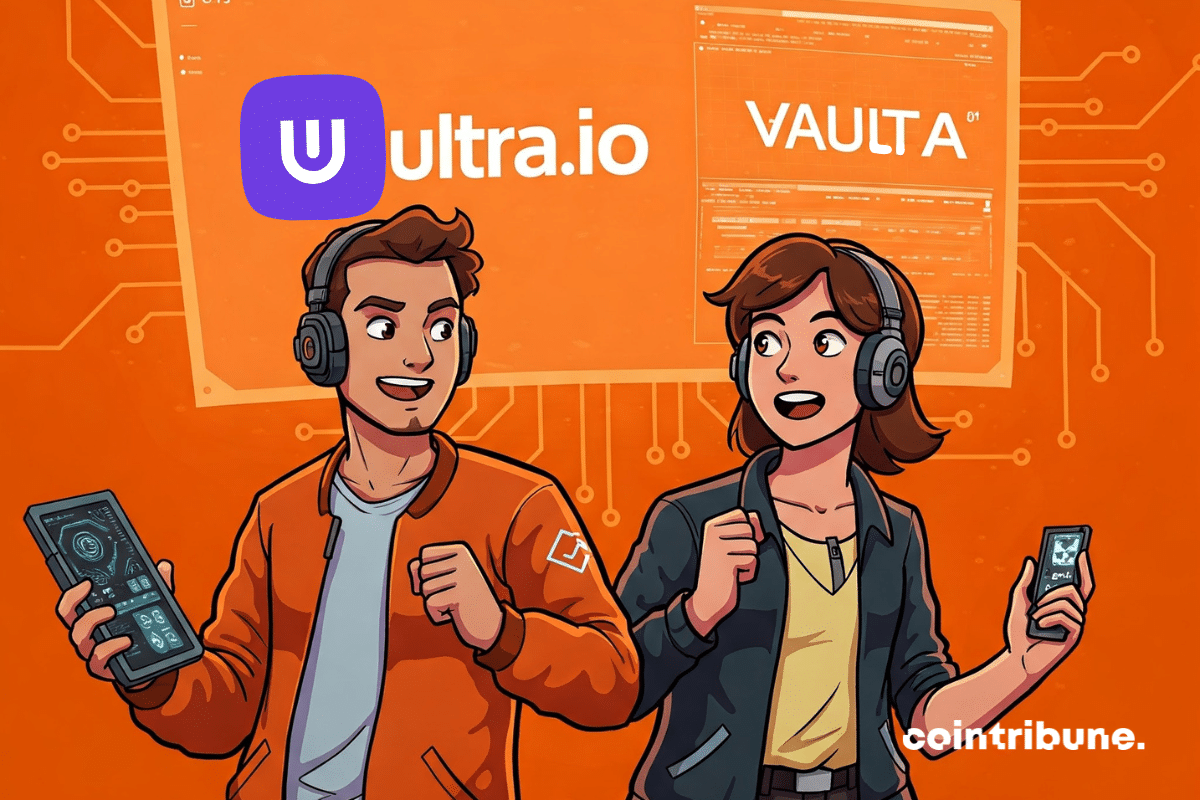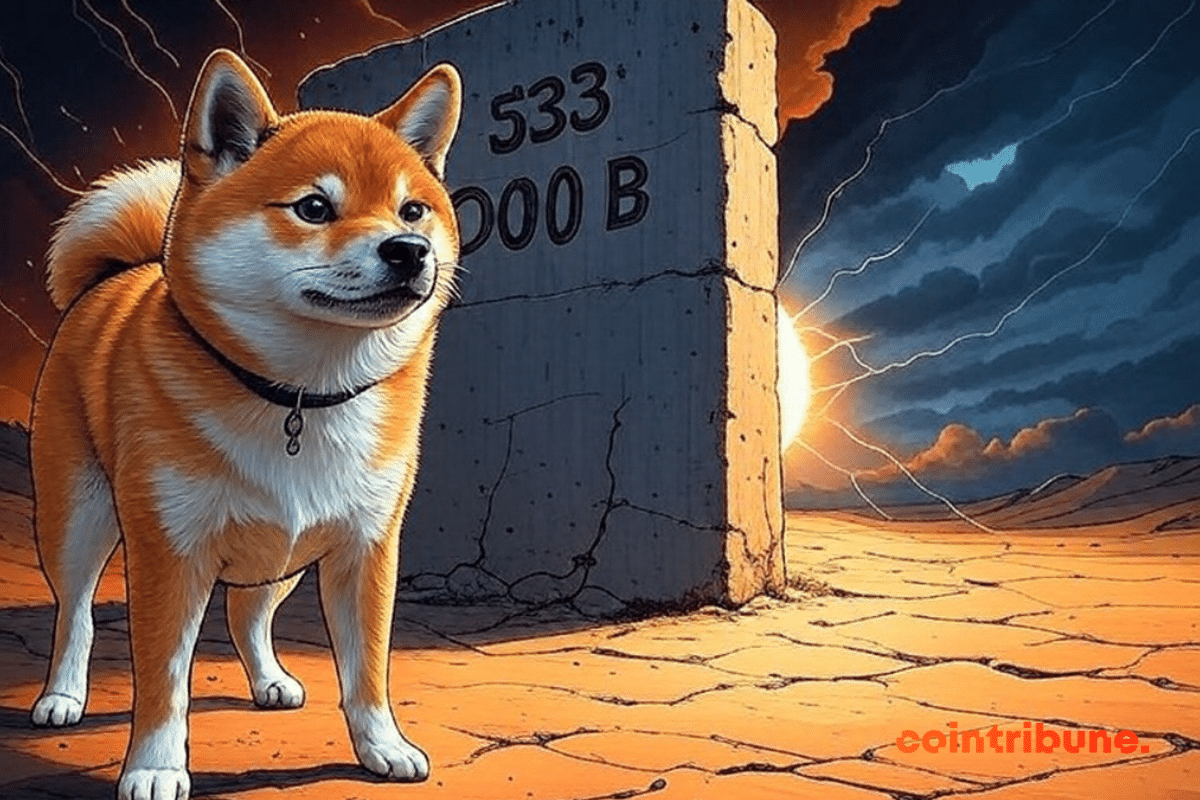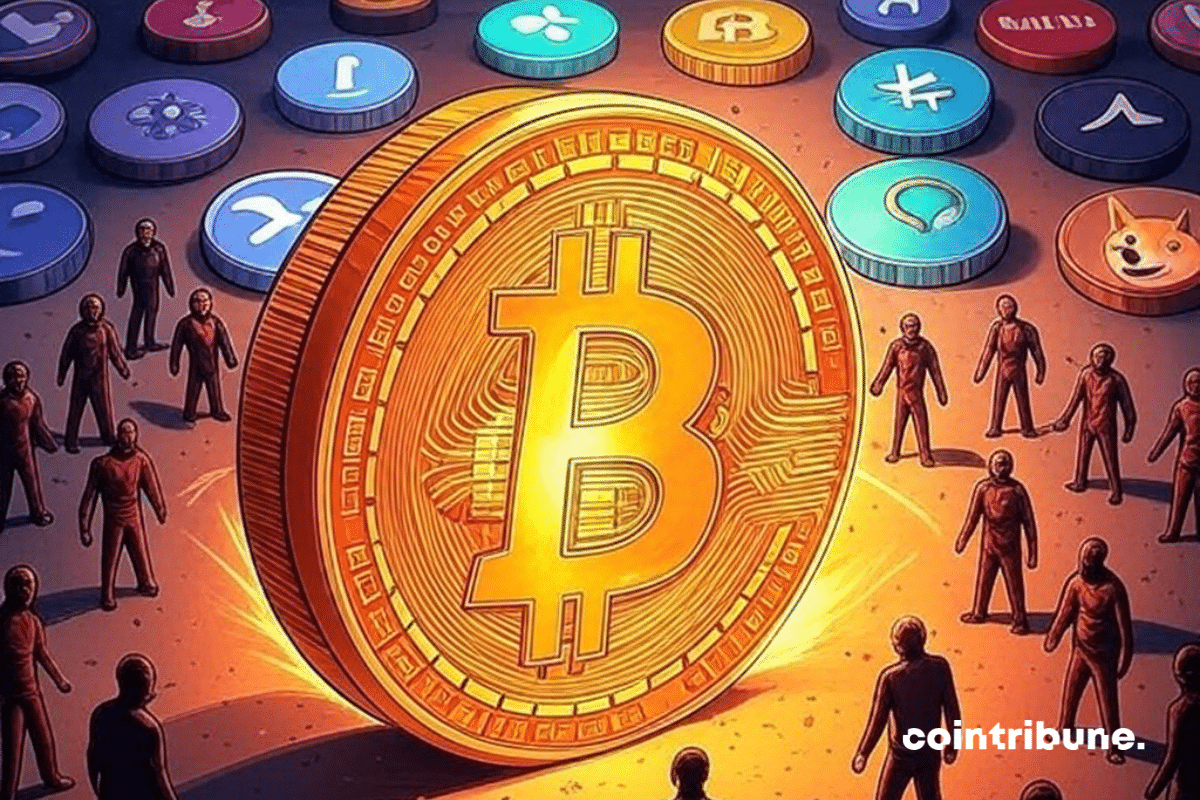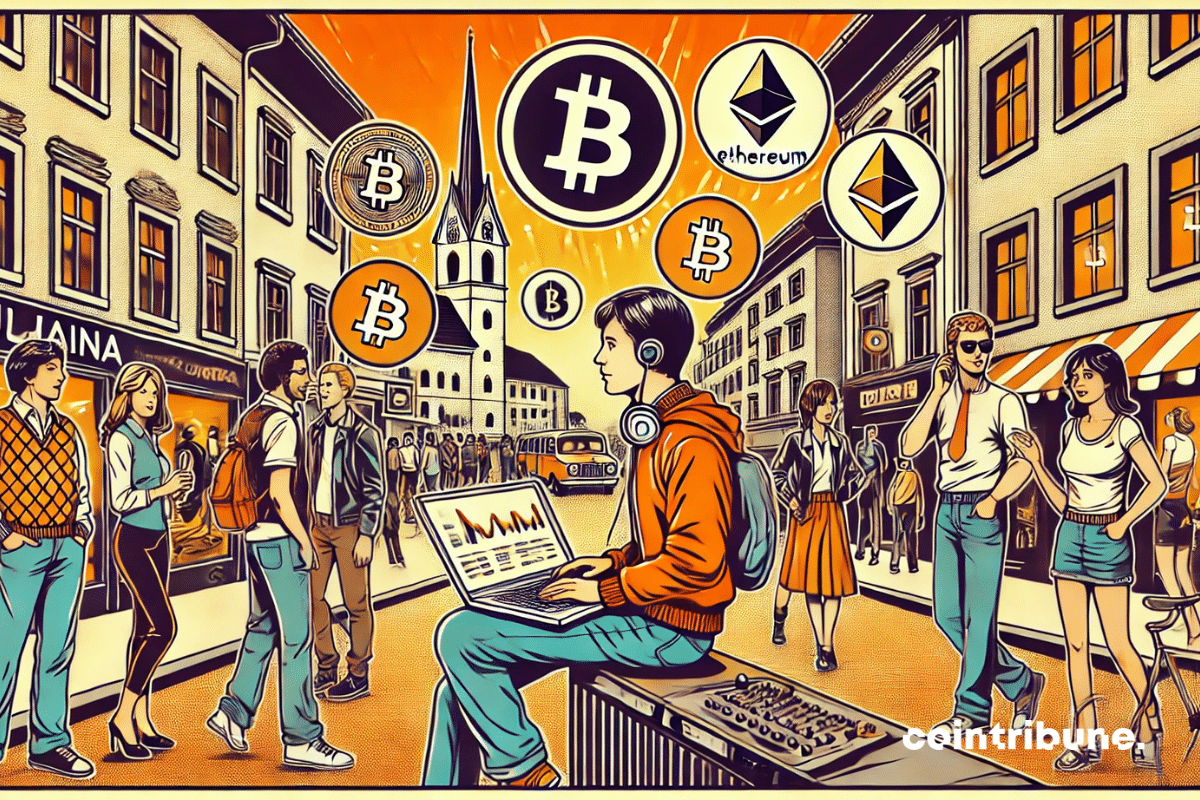Bitcoin shatters a record in Realized Capitalization, but not in price. Investors are betting on a future increase, while the current stagnation conceals an imminent explosion. Total suspense.
Article long
Ethereum remains in a waiting phase, between consolidation and potential recovery. Find our complete analysis and the current technical outlook for ETH.
Video games are evolving towards decentralized models thanks to blockchain technology. This technology allows players to own their digital assets and make secure transactions. Unlike traditional games, blockchain-based games offer total transparency and an autonomous economy. Several blockchains specialize in gaming, each presenting unique characteristics. Some prioritize scalability, while others focus on security or low energy consumption. This article analyzes the most used blockchains in gaming, highlighting their specifics, advantages, and the challenges they face. The goal is to understand their impact on the video game industry and its future.
Web3 marks a new era for the video game industry. It is based on blockchain, decentralization, and digital ownership. This model transforms the way players interact with games and own their assets. The rise of Web3 games has led to the creation of dedicated platforms, allowing access to these new experiences. Some prioritize exploration and creation, while others focus on competition and strategy. This article presents the best Web3 gaming platforms, their specifics, advantages, and the challenges they must face.
The video game industry has undergone several economic changes. The early models relied on the one-time purchase of games. Then, subscriptions and microtransactions allowed publishers to diversify their revenues. The emergence of blockchain introduced the Play-to-Earn (P2E) model, where players earn monetary rewards for playing. This system evolved into Play-and-Earn (P&E), which prioritizes the enjoyment of gaming while providing opportunities for earning. This article explores this transition, analyzes its impacts, and examines the future prospects of these new economic models in Web3 gaming.
Play-to-Earn (P2E) allows players to earn tokens or NFTs that can be traded on specialized marketplaces. This model is based on blockchain technology, which ensures transparency of transactions and real ownership of digital assets. Unlike traditional games, it offers an open economy where players can freely sell or use their earnings. With the rise of cryptocurrencies, P2E is transforming the gaming industry by integrating a financial dimension. This article presents the best Play-to-Earn games in 2025. It explores the blockchains and platforms that support them and analyzes the challenges, opportunities, and prospects of Web3 gaming.
Web3 marks a significant transformation of the Internet. It relies on decentralized technologies like blockchain to provide users with greater autonomy. This approach alters data management and strengthens digital ownership. In the video game industry, Web3 introduces innovative platforms and games. These new infrastructures grant players complete control over their assets and allow for the emergence of open virtual economies. Web3 games disrupt traditional models by integrating NFTs, cryptocurrencies, and smart contracts. This article analyzes these advancements, explains how they work, and examines their influence on the future of gaming.
Cryptos play an important role in Web3 gaming. They facilitate transactions, guarantee ownership of digital assets, and support new economic models. Players can safely buy, sell, or trade virtual items thanks to blockchain technology. Each game uses specific cryptos to ensure its smooth operation. Some serve as governance tokens, while others enable the purchase of assets or the payment of transaction fees. This article analyzes the main cryptocurrencies used in Web3 gaming. It explores their role, integration into games, and their impact on the evolution of the video game industry.
Web3 gaming relies on blockchain technology to offer a more transparent and autonomous gaming experience. This technology securely records digital assets and transactions. Web3 promises decentralization by eliminating intermediaries and granting players true ownership of their virtual items. On their part, NFTs and smart contracts ensure this autonomy and promote an open economy. However, this decentralization remains theoretical in many cases, as some games retain centralized elements. This article explores the reality of Web3 gaming by analyzing its actual level of decentralization.
NFTs (Non-Fungible Tokens) are transforming digital ownership. They ensure the uniqueness and authenticity of virtual assets on the blockchain. This technology is gradually establishing itself in the gaming industry by introducing new economic models. NFT games allow players to own and exchange virtual items outside traditional platforms. This evolution is changing the interactions between players and developers. This article explores the benefits of NFTs, their challenges, community criticism, and their future prospects. This analysis highlights their impact on the video game industry and upcoming trends.
Smart contracts automate the execution of game rules without intermediaries. They ensure transparency, security, and immutability of transactions. In blockchain games, these contracts allow players to truly own their digital assets. Developers integrate this technology to enhance trust and prevent fraud. The blockchain eliminates risks of data manipulation and alteration. Smart contracts facilitate exchanges between players and create automated reward mechanisms. Their adoption is transforming the gaming industry and offering a new decentralized economy. These innovations pave the way for fairer gaming experiences. This article provides an overview.
Web3 gaming relies on blockchain and decentralization. It allows players to own digital assets and interact directly with the game's economy. This approach is transforming the video game industry by offering more transparency and control to users. Interoperability plays a key role in this ecosystem. It enables players to use their virtual items across multiple compatible games. This innovation promotes continuity of experiences and enhances the value of digital assets. This article explores the importance of interoperability in Web3 gaming. It analyzes its benefits for players, its technical challenges, and the obstacles that developers must overcome to make it more accessible.
Video games have evolved from the early consoles to connected virtual worlds. Innovations have transformed the player experience by integrating online features and virtual economies. Web3 brings a new revolution. It is based on blockchain, decentralization, and true ownership of digital assets. This technology enables players to control their items and interact directly with the game economy. This article explores the advantages of Web3 gaming. It highlights the opportunities available to players, particularly in terms of ownership, monetization, interoperability, and community engagement.
Web3 gaming is based on blockchain, NFTs, and cryptocurrencies. Unlike traditional games, it offers true ownership of digital assets and promotes decentralized economies. The rise of Web3 is transforming the video game industry. Many studios are exploring this technology to create interactive experiences. The growing adoption of blockchains enhances transparency and strengthens player engagement. This article explains how Web3 gaming works. It details its technologies, business models, and challenges. It also explores the future perspectives of this industry in the Web3 era.
The video game industry has undergone rapid evolution. 3D graphics, online gaming, and virtual reality have transformed the player experience. Each advancement has pushed the boundaries of interactive entertainment. Today, a new revolution is underway. Blockchain introduces decentralization, digital ownership, and innovative economic models. It allows players to truly own their in-game assets and fosters new economic interactions. Its potential goes beyond gaming by bringing more transparency and autonomy to users. This article explores the impacts of this technology on the video game industry and explains why it is redefining the rules of the game.
The video game industry has undergone several economic evolutions. Traditional models relied on one-time purchases or subscriptions. The rise of digital has introduced microtransactions and free-to-play games funded by in-game purchases. With blockchain, new systems have emerged. Play-to-Earn (P2E) allows players to earn crypto or NFTs while playing, whereas Play-and-Earn (P&E) focuses on entertainment while offering optional rewards. These models are transforming the player experience and the economy of video games. This article explores their differences, advantages, and limitations. It also analyzes their impact on the industry and the challenges they must face.
Web3 marks a new era of the Internet based on blockchain. It relies on decentralization, transparency, and digital ownership. This evolution impacts several sectors, including the video game industry. Web3 gaming introduces new mechanisms, such as true ownership of digital assets and integrated economies within games. This approach transforms the relationship between players and developers. Players are no longer just consuming content; they actively participate in the ecosystem. This article explores the foundations of Web3 gaming, its key technologies, its business models, and its challenges. It also presents the opportunities, challenges, and future prospects for this rapidly changing sector.
Bunq, the well-known European neobank for digital nomads, is expanding its offering: it's time for cryptocurrencies! The app now allows users to manage savings and crypto in one basket, thanks to Kraken.
The blackout in Spain is an opportunity to remind that the Bitcoin industry could certainly have helped to avoid the disaster.
As quantum computing threatens to break the foundations of traditional cybersecurity, Naoris Protocol emerges as the essential response to ensure trust and integrity in a rapidly changing digital world. As the world's first post-quantum decentralized infrastructure, Naoris does not simply protect the present: it anticipates the threats of tomorrow.
Mark Carney, a political and economic victory for Canada, but beware! He may be preparing to bury cryptocurrencies in order to welcome CBDCs with open arms. Bitcoin, get ready to pack your bags.
Vaulta, a scalable operating system powering Web3 Banking with fast, low-cost transactions and seamless blockchain connectivity, today announces a strategic partnership with Ultra, the one-stop destination for gamers, publishers, and developers.
While Steam seems stuck in a bygone era, Ultra makes a strong move with a $12 million fundraising. The goal: to overturn the established order of PC gaming by creating a genuine OS for players, streamers, and creators. Exclusive meeting with Gus, the CEO ready to "kill the game."
The quantum computer will pose a big dilemma. What to do with Satoshi Nakamoto's bitcoins and other lost millions of BTC?
While Ripple builds a discreet empire, Ethereum hesitates. Solana warns: the unreplicable success of XRP is not a playbook, but a market accident.
Stuck under 533 trillion SHIB, Shiba Inu is holding back. But if Bitcoin soars, the little crypto dog might just bite off a big chunk of the market!
Bitcoin dominates, altcoins are struggling. With a dominance of 64%, the altseason seems increasingly out of reach, even though a few tokens are still trying their luck. The struggle is unequal.
Bitcoin continues to gain, but 87% of its supply is already in profit. The temptation to sell is great, but demand could still support the crypto. Tensions are rising.
The global financial geography is experiencing a spectacular transformation. Far from the sanitized skyscrapers of Wall Street or the centuries-old Swiss banks, a new map is emerging: that of the cities that have embraced the blockchain revolution without complexes. Ljubljana, the Slovenian capital nestled between the Alps and the Balkans, embodies this metamorphosis. With regulatory boldness and a crypto culture already ingrained, it now outshines Hong Kong and Zurich. How has this city of 300,000 inhabitants managed to dominate the game? The answer lies in a subtle mix of legislative pragmatism, agile infrastructures, and an almost organic popular adoption.
Trump goes all out with a VIP dinner to save his memecoin, while crypto traders slip away with the cash. Cozy atmosphere, emptied wallets.
